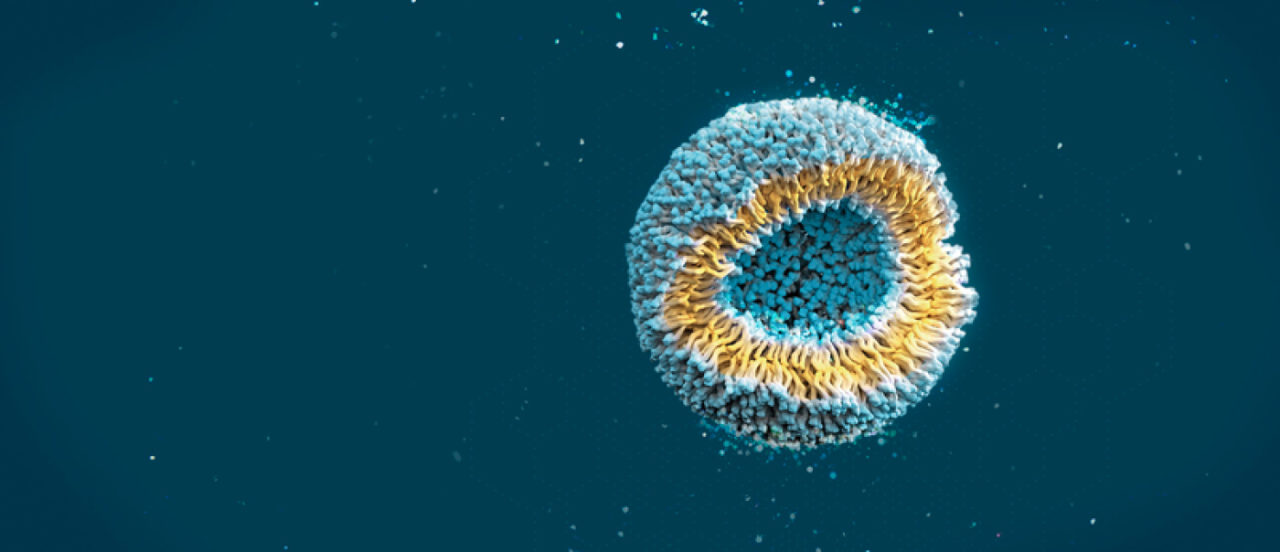
GLYCOGLYCEROLIPID
MOLECULAR SPECIES
If TLC chromatography on silver nitrate-impregnated plates was formerly the method of choice for separation of molecular species, reversed-phase HPLC is now adopted by all glycolipid specialists.
Several elution systems were reported and, with ODS columns, mixtures of methanol, acetonitrile and water are commonly used (review in: Heinz E, Advances in lipid methodology. 3, Christie WW Ed, The oily Press 1996). An example of HPLC separation of MGDG molecular species was reported using a RP18 column and an isocratic elution with a mixture of methanol/water (9/1, v/v) containing 5% water (Schmidt H et al., Biochem J 1993, 289, 777). Some other examples of MGDG, DGDG and SQDG separation into molecular species by reversed-phase HPLC may be found in the work of Kesselmeier J et al. (Anal Biochem 1985, 144, 319).
As several difficulties arise in doing HPLC separations of intact molecules, better results and more accurate data are obtained in releasing the diacylglycerol moiety and analyzing the species after derivatization as for phospholipids .
The proposed method is based on a sequence of periodate oxidation and hydrazine treatment resulting in a cleavage of the glycosidic bonds in monoglycosyl-, diglycosyl- and sulfoquinovosyl-diglycerides(Heinze FJ et al., Anal Biochem 1984, 139, 126).
Procedure
– the purified glycosyl diglycerides are dissolved in methanol (1 ml), mixed with 1 ml of 0.2 M HIO4 in methanol and kept for 90 min at room temperature in the dark.
– 4 ml of chloroform and 1.5 ml of 0.45% NaCl solution are added. After vortexing and centrifugation, the lower phase is washed with 1.5 ml ethylene glycol solution (5 % in water, w/v) and once again with the NaCl solution. The mixture is evaporated under a stream nitrogen with the help of addition of ethanol.
– the dry residue is dissolved in 0.5 ml of a solution of 1,1-dimethylhydrazine (1 %, w/v, in isopropanol/chloroform/acetic acid/water, 3.5/3/1.5/1, v/v) and kept in the dark for 4 h in the case of DGDG and one night in the case of MGDG and SQDG. 3 ml of hexane are added, and the mixture is washed twice with 2 ml of 50 mM KH2PO4. After removal of the aqueous phase, the solvent mixture is evaporated under a stream of nitrogen.
– The liberated diglycerides contained in the dry residue are derivatized with dinitrobenzoyl chloride for UV detection and naproxen for fluorescence detection. Then, the molecular species are separated by HPLC as for the study of phospholipid molecular species.
The yield of diacylglycerols released from glycoglycerolipids is not more than 50% but they are representative of the intact lipids (similar fatty acid patterns).
An alternative procedure for the determination of triacylglycerol molecular species is using mass spectrometry (Murphy RC et al., Anal Biochem 2007, 366, 59).
DISPERSIVE LIQUID-LIQUID MICROEXTRACTION
Lire la suiteDevenez membre et participez au développement de la Lipidomique au XXIème siècle.
S'inscrire